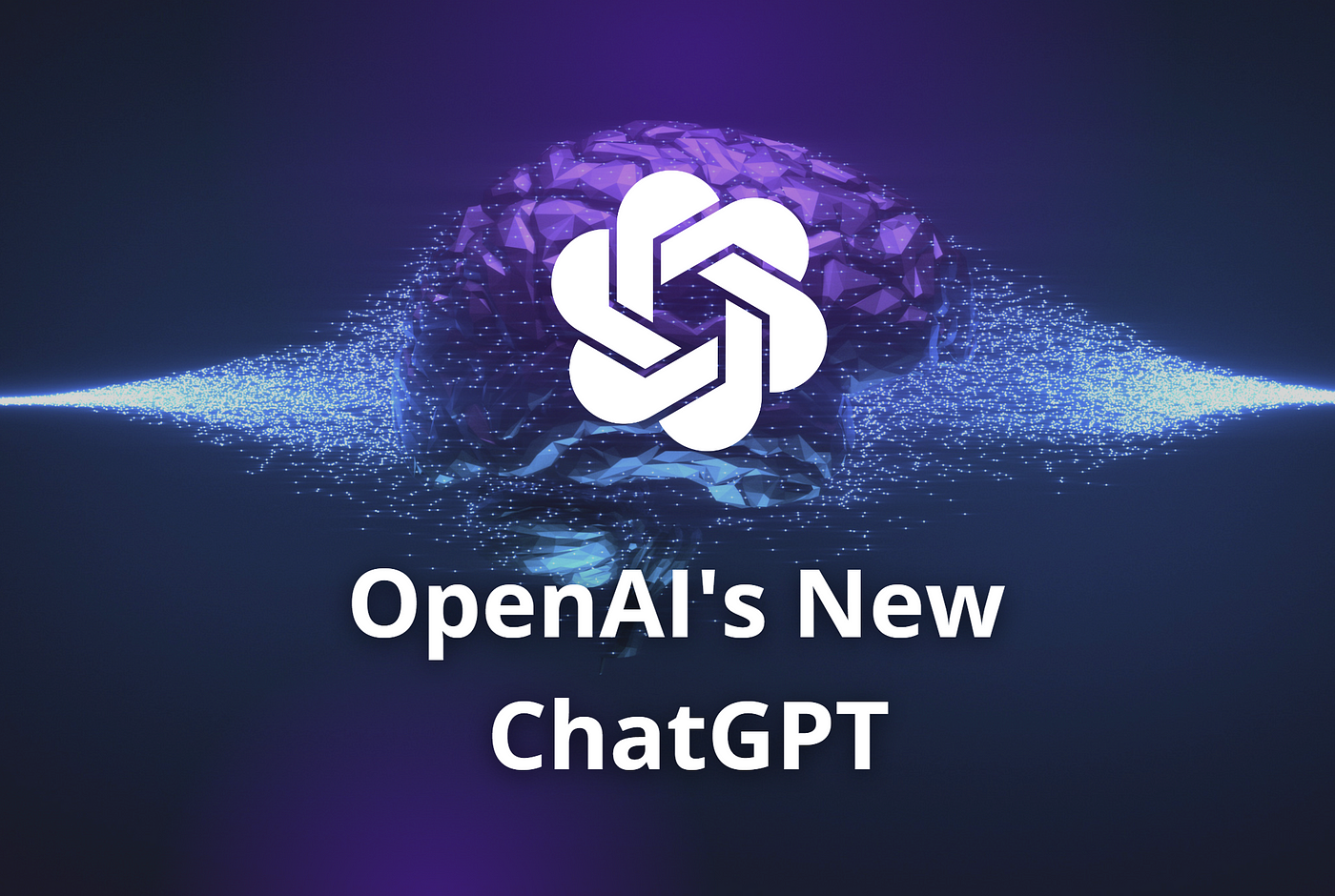What’s New in GPT-4: Enhancements and Benefits

In the fast-paced world of artificial intelligence, OpenAI’s GPT-4 stands as a groundbreaking advancement. Building on the foundation laid by its predecessors, GPT-4 brings a host of new features and improvements that elevate its capabilities, making it more powerful and versatile. In this blog, we’ll explore what’s new in GPT-4 and how these enhancements can be beneficial across various domains.
Enhanced Language Understanding and Generation
One of the most significant upgrades in GPT-4 is its improved language understanding and generation abilities. This iteration has been trained on a more diverse dataset, allowing it to better understand context, nuance, and subtleties in language. This leads to more coherent, contextually accurate, and human-like responses.
Benefits:
- Content Creation: Writers and marketers can generate high-quality content quickly, reducing the time spent on drafting and editing.
- Customer Service: Businesses can deploy more sophisticated chatbots that handle customer inquiries with greater accuracy and empathy.
- Education: Educators and students can leverage GPT-4 for more precise explanations and interactive learning experiences.
Multimodal Capabilities
GPT-4 is not just about text anymore. It has been designed with multimodal capabilities, meaning it can process and generate content across different types of media, including text, images, and more. This versatility opens up new possibilities for creative and practical applications.
Benefits:
- Interactive Applications: Developers can create apps that seamlessly integrate text and images, such as virtual assistants that can understand and respond to visual inputs.
- Enhanced Accessibility: Tools can be developed to assist visually impaired users by converting images to descriptive text, making digital content more accessible.
Improved Fine-Tuning and Customization
GPT-4 offers enhanced fine-tuning options, allowing users to tailor the model to specific needs more effectively. This customization ensures that the AI’s output aligns closely with the user’s goals and context.
Benefits:
- Industry-Specific Applications: Businesses in niche markets can fine-tune GPT-4 to better understand and respond to industry-specific terminology and scenarios.
- Personalization: Applications can be tailored to individual user preferences, enhancing user satisfaction and engagement.
Greater Ethical and Safety Measures
With each iteration, OpenAI has been committed to improving the ethical guidelines and safety measures of its models. GPT-4 includes better guardrails to prevent the generation of harmful or biased content, addressing one of the significant concerns surrounding AI language models.
Benefits:
- Responsible AI Use: Organizations can deploy GPT-4 with greater confidence, knowing there are mechanisms in place to minimize the risk of harmful outputs.
- Trust and Reliability: Users can have more confidence in GPT-4 results since efforts have been undertaken to lessen biases and encourage ethical use.
Enhanced Performance and Efficiency
GPT-4 boasts improved performance metrics, including faster response times and more efficient processing. These enhancements make the model more suitable for real-time applications and large-scale deployments.
Benefits:
- Scalability: Businesses can scale their AI-driven solutions more effectively, providing consistent performance even as demand grows.
- User Experience: Faster response times lead to more fluid interactions, Enhancing the overall user experience in applications like virtual assistants and interactive websites.
How GPT-4 Can Be Helpful Across Different Domains
The advancements in GPT-4 are not just theoretical; they have practical implications across various fields:
Healthcare
AI-driven tools powered by GPT-4 can assist in diagnosing medical conditions, providing personalized health advice, and managing patient records with greater accuracy and empathy.
Finance
Financial institutions can use GPT-4 to analyze market trends, generate insightful reports, and provide customer support that understands complex financial terminology.
Education
Educators can leverage GPT-4 for creating interactive learning materials, providing personalized tutoring, and automating administrative tasks, freeing up more time for direct student engagement.
Entertainment
Content creators can use GPT-4 for scriptwriting, game development, and creating immersive virtual experiences that seamlessly blend text and visuals.
Legal
Law firms can utilize GPT-4 for drafting documents, conducting legal research, and automating routine tasks, allowing lawyers to focus on more complex aspects of their cases.
Conclusion
GPT-4 represents a significant leap forward in AI technology, bringing enhanced capabilities in language understanding, multimodal processing, customization, ethical considerations, and performance. Its applications are vast and varied, promising to revolutionize industries and improve everyday tasks. As we continue to integrate AI into our lives, GPT-4 stands as a testament to the incredible potential of human-machine collaboration, pushing the boundaries of what we can achieve with artificial intelligence.




